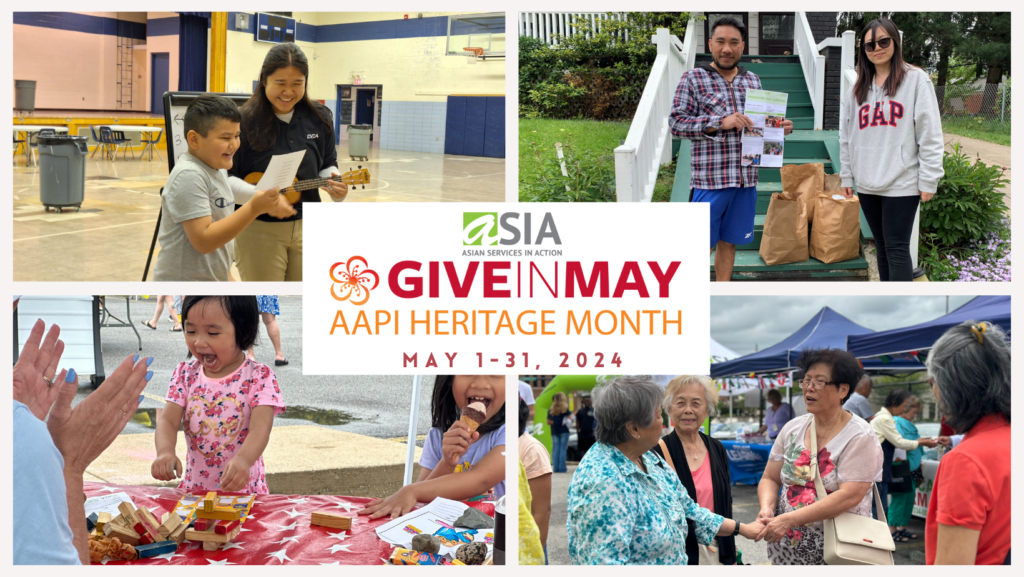“Human trafficking happens here.” Karen Walsh, director of the Collaborative Initiative to End Human Trafficking, drops this sentence unassumingly. It’s not anything special for her to say about Ohio; it’s just a fact. “It’s not a new crime,” she continues. “At its heart, it is really involuntary servitude or today’s practice of slavery.”
 Federal law defines human trafficking as “a form of modern-day slavery where people profit from the control and exploitation of others.” Trafficking includes both labor and sex trafficking; in Ohio, it is estimated that 88% of human trafficking involves sex slavery.
Federal law defines human trafficking as “a form of modern-day slavery where people profit from the control and exploitation of others.” Trafficking includes both labor and sex trafficking; in Ohio, it is estimated that 88% of human trafficking involves sex slavery.
The National Human Trafficking Resource Center hotline reports that Ohio had the sixth most calls reporting trafficking of any state.
Ohio’s five major highways are partially to blame for this prevalence in trafficking; with ample connections to other states and to the Canadian border, the state provides accessible ways for traffickers to transport victims. Large urban centers with high poverty rates also contribute.
Cleveland is a supplier city. From Cleveland, people are taken to other, higher population areas, like Chicago. “Trafficking is domestic,” said Gran. “It’s from our backyard and it’s shocking. There are young people from Cleveland Heights, Avon, Elyria that are trafficked.”

 We are participating in Give in May 2024!
We are participating in Give in May 2024!